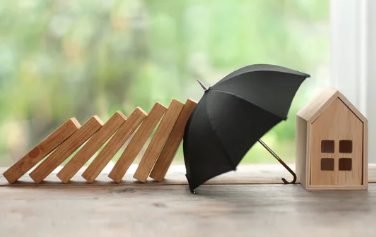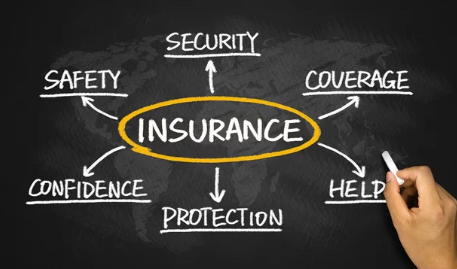Homeowner’s insurance is a critical tool for protecting your home, personal belongings, and financial well-being. While many people purchase policies because lenders require them, understanding what is actually covered—and what isn’t—is essential for ensuring your home and family are fully protected.
This guide breaks down the standard coverage components, optional add-ons, and common exclusions in homeowner’s insurance policies.
1. Dwelling Coverage: Protecting the Structure of Your Home
Dwelling coverage is the core of any homeowner’s policy. It covers damage to the physical structure of your home caused by covered perils such as:
- Fire and smoke
- Windstorms or hail
- Vandalism or theft
- Lightning strikes
Tip: Ensure your dwelling coverage reflects the replacement cost of your home, not just its market value, to avoid being underinsured.
2. Other Structures Coverage
This portion protects structures on your property that aren’t attached to your home, such as:
- Garages
- Sheds
- Fences
- Guest houses
Tip: Check your policy limits for other structures—some policies only cover a percentage of the dwelling coverage.
3. Personal Property Coverage
Personal property coverage protects your belongings inside the home. This includes:
- Furniture and appliances
- Clothing and electronics
- Jewelry, art, and collectibles (with potential sub-limits)
Important Consideration:
High-value items may have coverage limits in standard policies. You may need scheduled personal property endorsements to fully protect expensive items.
Tip: Maintain an inventory of your possessions with photos and receipts to make claims easier.
4. Liability Coverage
Liability coverage protects you if someone is injured on your property or if you accidentally cause damage to someone else’s property. It can cover:
- Medical bills
- Legal fees and court costs
- Settlements or judgments
Tip: Consider higher liability limits or an umbrella policy if you have significant assets or frequently host guests.
5. Additional Living Expenses (ALE)
If your home becomes uninhabitable due to a covered peril, ALE coverage pays for:
- Temporary housing
- Meals
- Other living costs incurred during repairs
Tip: Ensure your ALE coverage is sufficient to cover displacement for several months, especially if repairs may take time.
6. Common Optional Coverages and Endorsements
Standard homeowner’s insurance may not cover all risks. Optional coverages can include:
- Flood Insurance: Typically excluded from standard policies; essential in flood-prone areas.
- Earthquake Insurance: Protects against seismic damage.
- Sewer Backup Coverage: Covers damage from backed-up sewage lines.
- Scheduled Personal Property: Extends coverage for high-value items like jewelry, cameras, or collectibles.
Tip: Evaluate your home’s location and personal belongings to determine which endorsements you may need.
7. Common Exclusions in Homeowner’s Insurance
Understanding exclusions helps prevent unpleasant surprises:
- Floods and earthquakes are usually excluded unless purchased separately.
- Maintenance-related damage like mold, rot, or termite infestations is not covered.
- Intentional damage caused by the homeowner or family members.
- Certain high-value items without proper endorsements.
Tip: Read your policy carefully to understand what is and isn’t covered. Ask your insurance agent to clarify any exclusions.
8. Factors That Affect Coverage
Several factors can influence what’s covered and your premium:
- Home age, construction type, and condition
- Geographic location and risk of natural disasters
- Security features like alarms, deadbolts, and fire sprinklers
- Claims history and credit score
Tip: Enhancing home security and maintaining your property can reduce premiums and improve coverage terms.
9. How to Maximize Your Homeowner’s Insurance
- Accurately estimate replacement costs for your dwelling and personal property.
- Update your policy regularly to reflect home improvements or new purchases.
- Consider higher liability limits if your financial situation changes.
- Review optional endorsements based on risk factors unique to your property.
Tip: A comprehensive review with your insurance agent ensures full protection and peace of mind.
Conclusion
Homeowner’s insurance covers much more than just fire or theft—it protects your home, personal belongings, liability, and living expenses in case of unexpected events. Understanding the standard coverage, optional add-ons, and common exclusions allows you to tailor your policy to your needs.
Key takeaway: Don’t assume all risks are covered. Review your homeowner’s insurance policy carefully, update it regularly, and consider endorsements for additional protection to fully safeguard your biggest investment.






